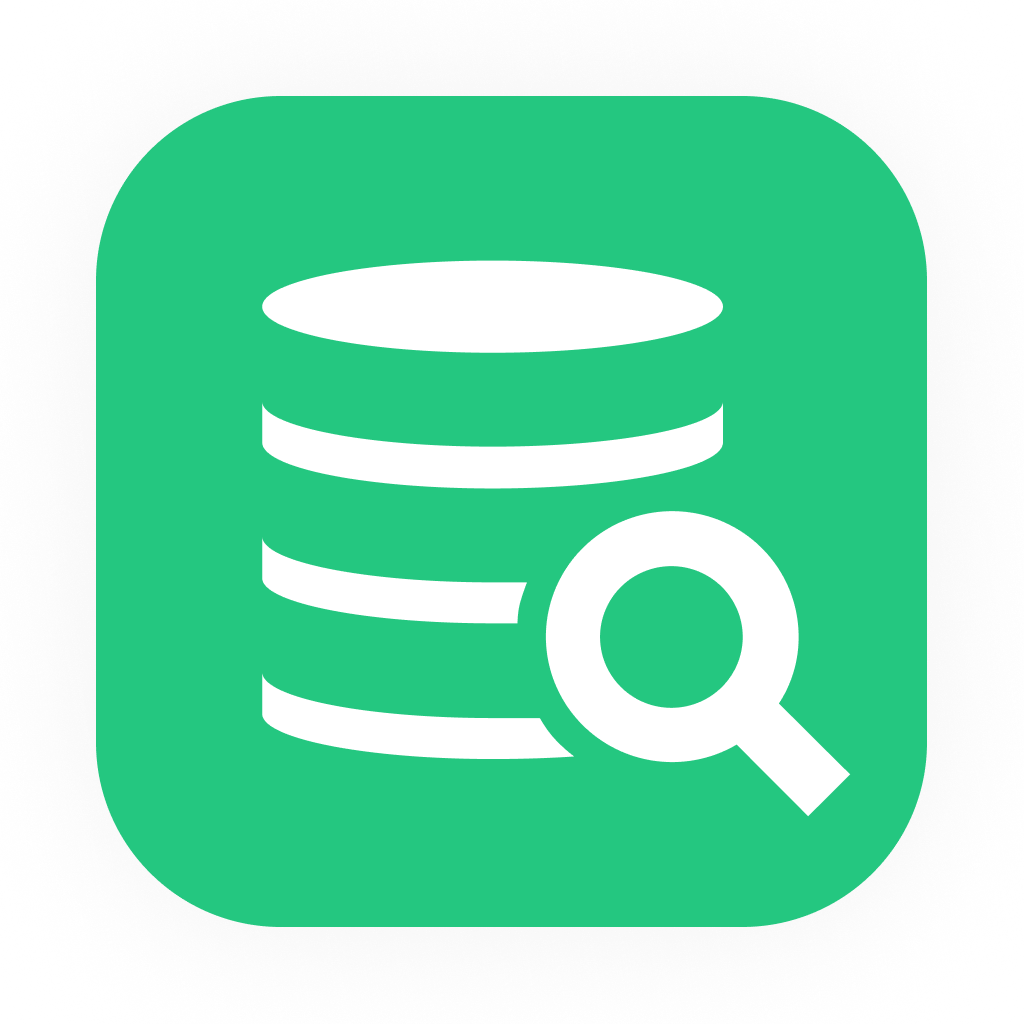intro
Microsoft SQL Server is a powerful relational database management system (RDBMS) that provides a platform for storing, managing, and analyzing structured data. In this guide, we'll focus on how to extract time from the datetime function and obtain date-only values using various methods in MS SQL Server.
Understanding the Datetime Function in SQL Server
Before diving into the extraction process, it is important to understand what the datetime function in SQL Server is. In SQL Server, datetime is a data type that stores both date and time information. It can represent a single point in time with a precision of up to 3.33 milliseconds, ranging from January 1, 1753, to December 31, 9999. The datetime data type allows developers to work with temporal data, enabling them to store, retrieve, and manipulate date and time values in their databases.
Retrieving SQL Date and Time Using SQL Server
To retrieve the current date and time in SQL Server, use the following query:
1
SELECT getdate();
This returns a datetime value, for example: 2023-03-01 11:50:05.627
Extracting Date or Time from DateTime with CONVERT
What is the CONVERT function in SQL Server?
CONVERT is a function in SQL Server that allows you to convert an expression from one data type to another. It can be used to extract the date from a datetime value.
CONVERT syntax:
1
CONVERT ( data_type [ ( length ) ] , expression [ , style ] )
Using CONVERT to Extract the Date from datetime
To extract the date from a datetime value, run this query:
1
SELECT CONVERT(date, getdate());
This returns the current date value with the starting time value. For instance, the result might be:
Sep 1 2023 12:00:00:AM
For SQL Server versions older than 2008, use this query instead:
1
SELECT DATEADD(dd, 0, DATEDIFF(dd, 0, GETDATE()));
This returns the same result because it calculates the difference in days between the 'zero' date (1900-01-01) and the current date, then adds that difference back to the 'zero' date. This effectively removes the time portion, leaving only the date value.
Converting to a Date in a particular format
To extract the date from a datetime value, run this query:
1
SELECT CONVERT(VARCHAR(10), getdate(), 111);
In this example, it returns 2023/03/01.
The style used here is 111, which is yyyy/mm/dd. There are various other styles to choose from. Some common types include:
| Style | Display Format |
|---|---|
| 101 | mm/dd/yyyy |
| 102 | yyyy.mm.dd |
| 103 | dd/mm/yyyy |
| 104 | dd.mm.yyyy |
| 105 | dd-mm-yyyy |
| 110 | mm-dd-yyyy |
| 111 | yyyy/mm/dd |
| 106 | dd mon yyyy |
| 107 | Mon dd, yyyy |
Remember to define the correct varchar length for each style. Specifying the length is essential because different date formats may have different character counts. If you don't provide the correct length, the output might be truncated or improperly formatted. Unfortunately, there isn't a built-in way to automatically adjust the length based on the chosen style.

If you are looking for an easy and powerful SQL client and database manager, then you've got to try DbVisualizer. It connects to nearly any database.
Using CONVERT to Extract Time
To extract the time portion from a datetime value, you can use the CONVERT function with the appropriate style:
1
SELECT CONVERT(VARCHAR, getdate(), 108);
This will return the time portion in the format hh:mm:ss. For example, if the datetime value is 2023-03-01 11:50:05.627, the result will be 11:50:05.
Here's a table with some common time formats that can be used with the CONVERT function in SQL Server:
| Style | Display Format |
|---|---|
| 108 | hh:mm:ss |
| 114 | hh:mi:ss:mmm (24h) |
Please note that the number of time formats available in SQL Server is more limited compared to date formats. However, you can still use custom formatting techniques to display time in the desired format.
For example, if you want to display the time in a 12-hour format with an AM/PM indicator, you can use the following query:
1
SELECT REPLACE(REPLACE(CONVERT(VARCHAR, getdate(), 109), 'AM', ' AM'), 'PM', ' PM')
This will return the time portion in the format hh:mm:ss AM/PM. If the datetime value is 2023-3-01 11:50:05.627, the result will be 11:50:05 AM.
The above query first converts the datetime value to a string using style 109, which includes the date and time in the format mon dd yyyy hh:mi:ss:mmmAM. Then, it replaces 'AM' and 'PM' with ' AM' and ' PM' respectively to add a space before the AM/PM indicator.
Extracting Date from DateTime with CAST.
What is the CAST function in SQL Server?
CAST is a function in SQL Server that allows you to change the data type of an expression. It can be used to extract time from the datetime function or convert datetime values to date-only formats.
CAST syntax:
1
CAST ( expression AS data_type [ ( length ) ] )
Using CAST to Extract the Date from datetime
To extract the date from datetime, use the following query:
1
SELECT CAST(getdate() AS date);
Alternatively, cast it to any data type - we’re using varchar as an example:
1
SELECT CAST(getdate() AS varchar(10));
Using CAST to Extract Time
To extract the time portion from a datetime value using CAST, you can first cast the datetime value to a time data type:
1
2
SELECT CAST(getdate() AS time);
This will return the time portion, for example 11:50:05.6270000.
Conclusion
In this guide, we have explored various methods for extracting time from datetime values and obtaining date-only values in MS SQL Server. By using the CONVERT and CAST functions, you can manipulate datetime values to suit your needs. We've looked at how to use CONVERT with various styles and lengths, as well as how to use CAST for extracting time from datetime. These techniques provide you with the flexibility to handle date and time values in various formats and situations, making your data more accessible and easier to work with. Now that you're equipped with this knowledge, you can efficiently manage date and time information in your MS SQL Server projects.
Follow our blog for more news around the database space.


